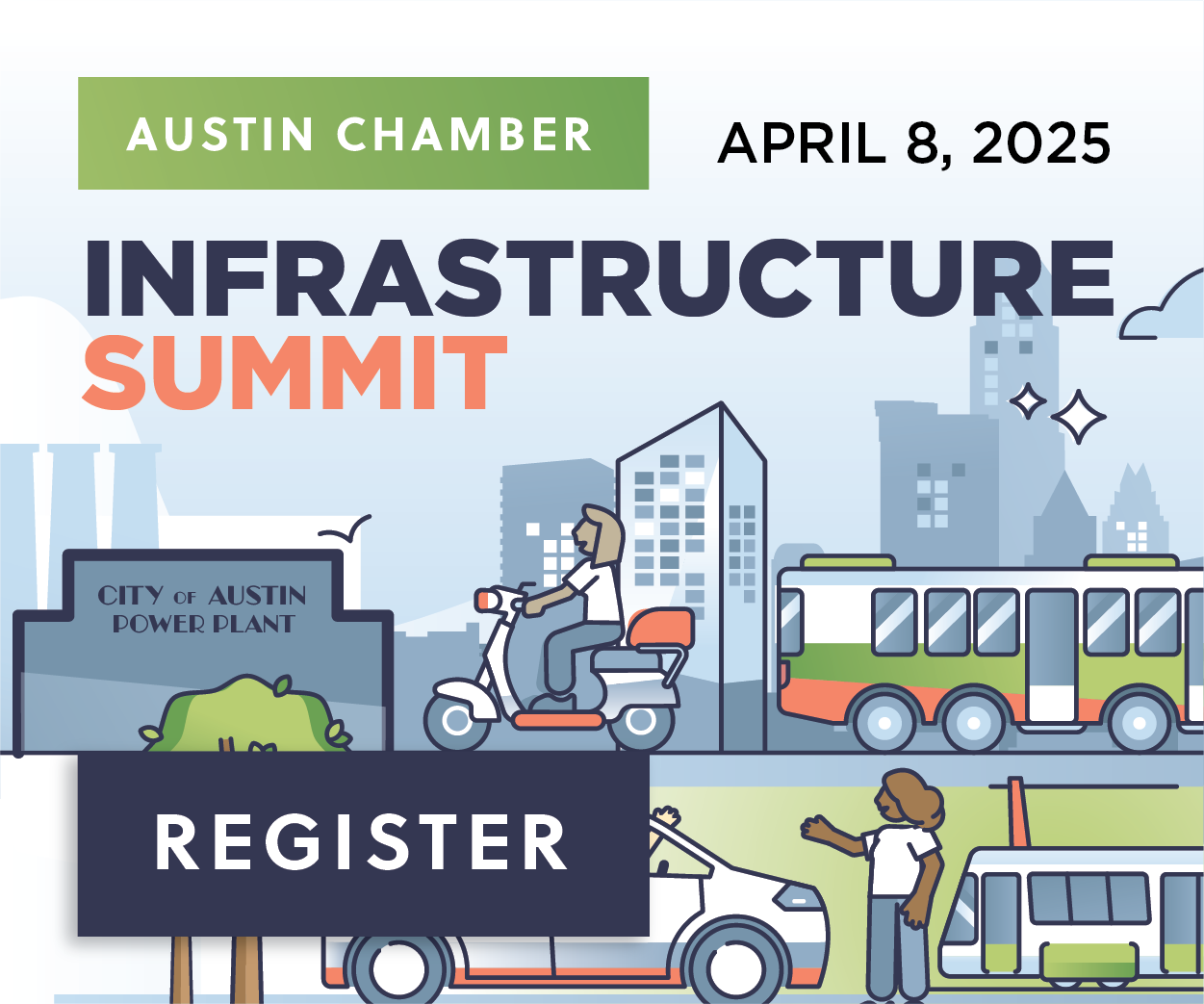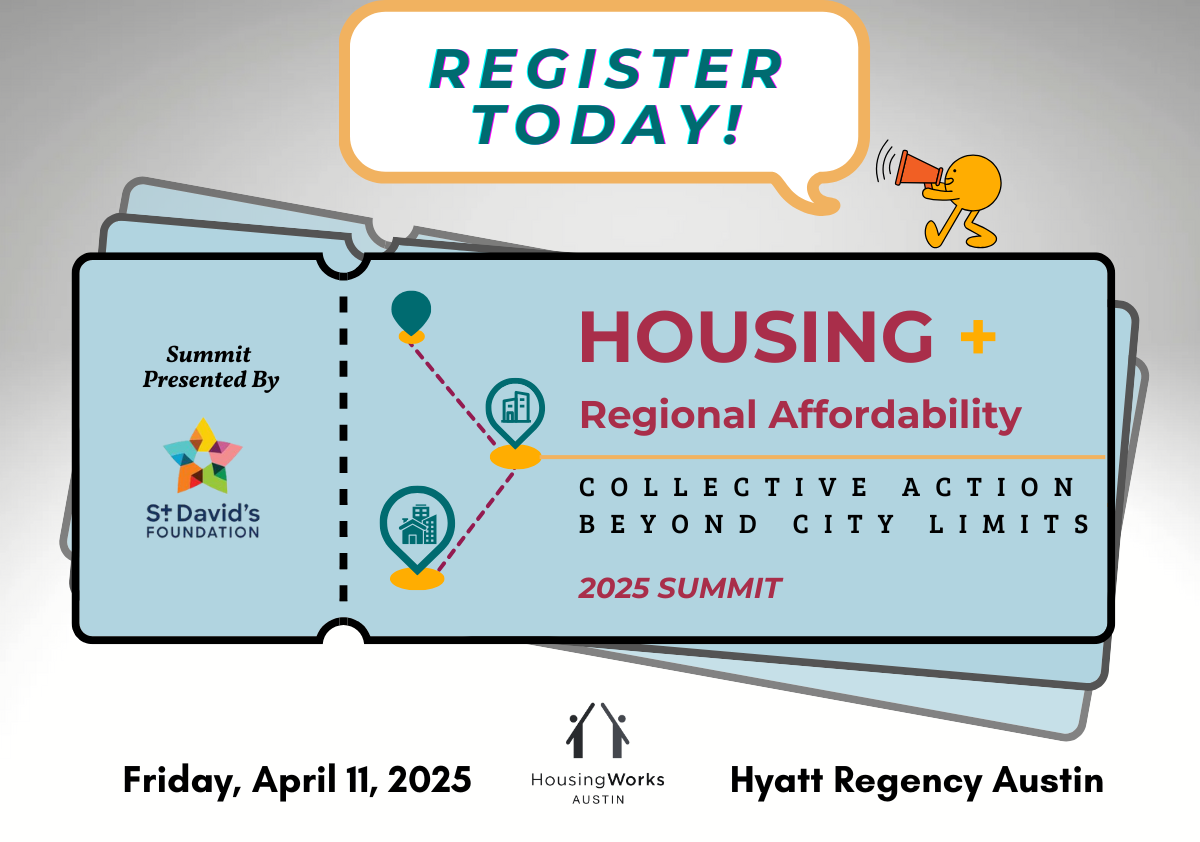Latest draft of Austin’s land development rules permit denser housing, loosen parking restrictions
Friday, October 4, 2019 by
Audrey McGlinchy, KUT The city has proposed allowing for denser housing while loosening parking requirements in its latest revamp of rules dictating what can be built in Austin and where.
The draft proposal, released to the public Friday afternoon, also allows for accessory dwelling units anywhere you can build a home and outlaws the construction of a single-family home where one doesn’t already exist in “transition zones” – generally, areas within 500 to 700 feet of a busy main road.
“Transportation, affordability, housing – (these are) all important issues to many residents,” Annick Beaudet, assistant director of the Austin Transportation Department, said at a news conference at City Hall. “With this code, we are looking to simplify how we regulate, how we’re growing and guide growth where it can do the most good.”
This latest draft comes after a tumultuous two years discussing a new code, which resulted in a City Council vote to scrap the rewrite process, previously dubbed CodeNEXT. The city has spent nearly eight years and more than $10 million trying to pass new land rules.
Council members reconvened in May, directing staff to come up with a code that could allow for at least 405,000 new housing units across the city, including 60,000 units affordable to a family of four making $75,500 a year or less. Many of these goals were established in the city’s first comprehensive housing plan, adopted in 2017.
Members also asked staff to do away with minimum parking requirements in parts of the city and to disincentivize the building of new single-family homes, with the hopes of providing denser and more diverse types of housing.
Staffers say they’ve done that – with several tweaks here and there.
Initially, staff proposed outlawing the building of any new single-family homes in or near a transition zone, but in the proposed code they backtracked a bit, now allowing single-family homeowners to demolish their homes and replace them with another single-family home.
“If you’re somebody that has a 900-square foot bungalow in a transition area, you can build it as a larger structure potentially,” said Brent Lloyd, development officer with the Development Services Department.
But one could not tear down an apartment building, for example, and build a single-family home in its place.
People developing in and near designated transition zones would now have the choice to build parking, opting to build none only if they have an accessible sidewalk or are next on the city’s list for getting a sidewalk.
But Council Member Jimmy Flannigan warned his colleagues earlier this week of immediate reactions to the more than 1,000-page, complex zoning document.
“I want to encourage the community and my colleagues to not start sharing those inevitable blog posts and articles and posts that will certainly be very definitive about what’s in the document,” he said.
Last year, Mayor Steve Adler asked Council to stop CodeNEXT, the former code rewrite process, after what he called “misinformation” on both sides.
In 2012, Austin City Council approved a land code rewrite as part of Imagine Austin, a plan that lays out how the city should grow over the next several decades. Essential to accomplishing these goals – the primary being to build a “compact and connected” city – was to redo the city’s Land Development Code.
This story has been updated.
This story was produced as part of the Austin Monitor’s reporting partnership with KUT. Photo by Julia Reihs/KUT.
The Austin Monitor’s work is made possible by donations from the community. Though our reporting covers donors from time to time, we are careful to keep business and editorial efforts separate while maintaining transparency. A complete list of donors is available here, and our code of ethics is explained here.
You're a community leader
And we’re honored you look to us for serious, in-depth news. You know a strong community needs local and dedicated watchdog reporting. We’re here for you and that won’t change. Now will you take the powerful next step and support our nonprofit news organization?








